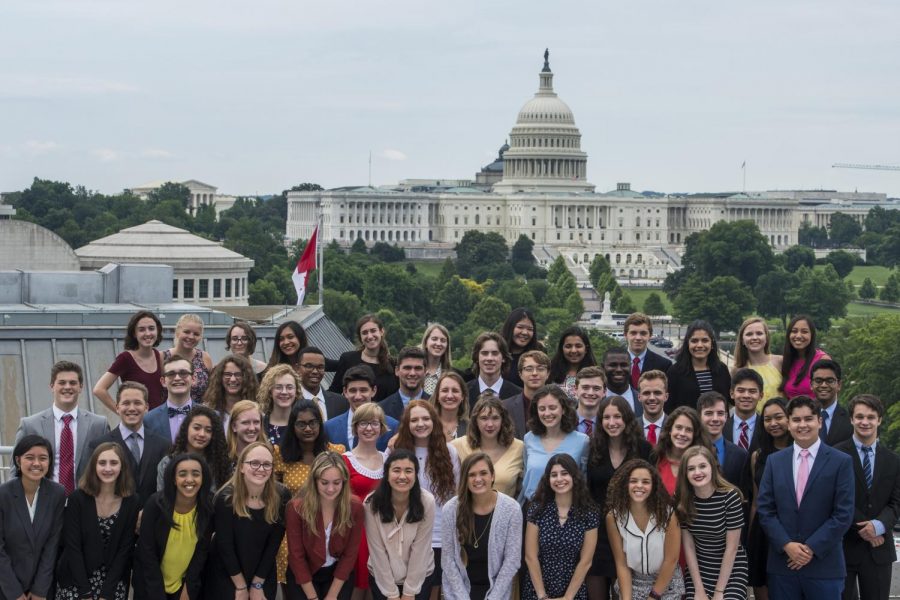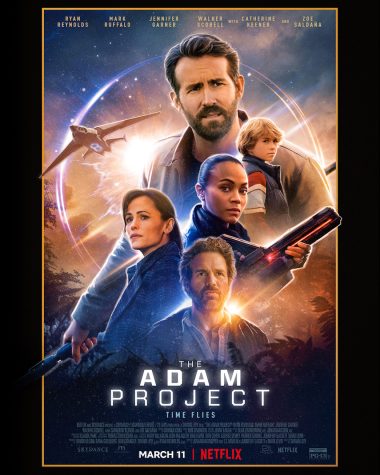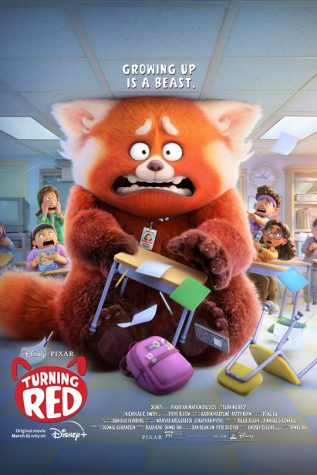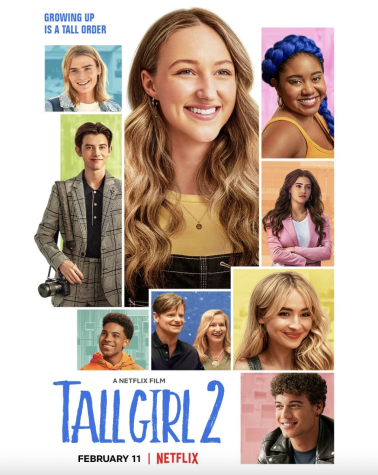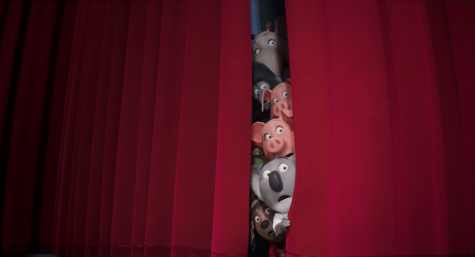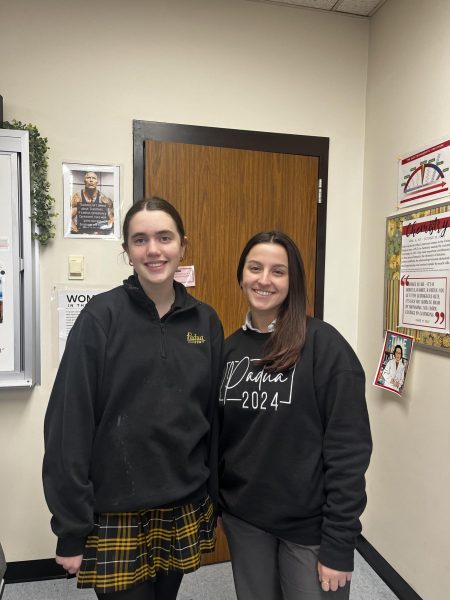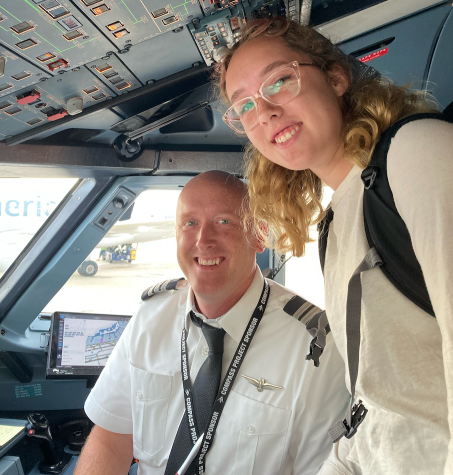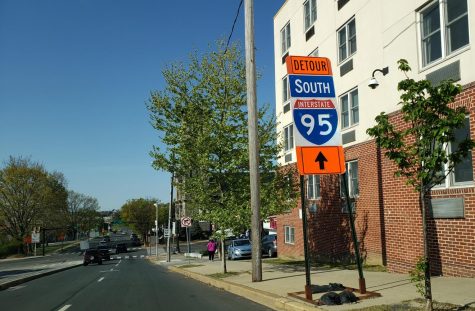A Reflection on My Five Days in D.C.
The group poses for a photo together.
“Not sure if you’re thinking of a career in journalism but if you are (because you’d be amazing) then you might want to consider this opportunity.”
Those were the words my journalism teacher sent me, altogether taking me by surprise. I suppose I write a good piece once in a while, but to represent the entire state of Delaware at the 2018 Al Neuharth Free Spirit and Journalism Conference? I didn’t think I’d cut it. Nevertheless, like the good high school junior dutifully seeking out every opportunity available, I applied.
Fast forward a few months and I was checking my email at some unholy hour of the night, only to find myself greeted with the message: “WINNER – 2018 Al Neuharth Free Spirit and Journalism Conference.” An all-expenses-paid trip to D.C. with one student representing each state and D.C. itself, and a $1,000 scholarship to top it off. After a moment or two the reality set in and turned to screams of joy. Dogs barked, parents woke up bleary-eyed and confused, but none of this fazed me—I was going to D.C.
After the mad hustle of finals, in a scene worthy of a silent film, I soon found myself waving goodbye on a train bound to D.C.. I was met at the station upon arrival by the students representing Rhode Island, Pennsylvania, and New York, and we headed off to the hotel for the opening ceremony.
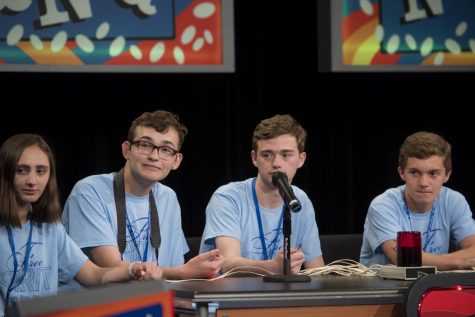
I soon realized that my week would be nothing short of frenzied, as we were whisked away to the Hard Rock Cafe for dinner (I can only imagine fellow diners were overjoyed to see a busload of 51 giddy student journalists disembarking). No sooner had the first bite of our meals reached our mouths, we were given the 10-minute warning to leave. We soon arrived at the Newseum (where we would be spending much of our week) for introductions. After sharing which of the five tenets of the First Amendment (freedom of speech, religion, press, freedom to assemble peaceably, and freedom to petition the government), were most important to each of us, we took part in a trivia game, NewsMania. As the leader of the Academic Bowl club at my school, I concede that I am a bit of a nerd, but I was a nerd in good company. Multiple eyes lit up at the opportunity to showcase their news trivia knowledge. Thus concluded my first day in D.C., and after casually swapping interview horror stories, we rested for the week ahead.
On our first full day, we had the privilege of going to NBC Studios to watch a taping of Meet the Press with Chuck Todd. For those who don’t know, Meet the Press, or MTP, is the longest-running show in the history of television and features a variety of important leaders and journalists. So, for news nerds like us, basically heaven. “Meet the Press was such an awesome experience for me!” said Kacie, the representative from Hawaii. “I hadn’t quite grasped how valuable the entire week would be until that day, and it was so inspiring just being able to hear directly from Chuck Todd and to see the whole process of a type of journalism I personally had never focused on before.”
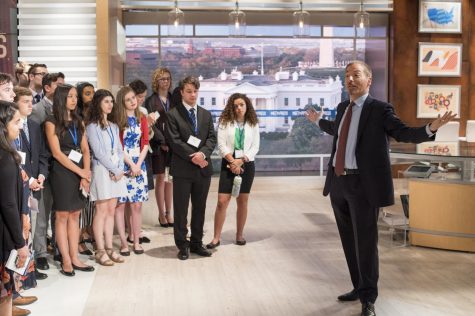
After our experience at NBC Studios, we returned to the Newseum for a talk on journalism in the digital age with Val Hoeppner. “Get it first, but first get it right,” she told us, urging young journalists to take part in digital journalism but to get their facts straight first. And after a lunch break (I must impress upon those reading this that the lunches we were served were fancier than anything I had ever seen in my life—“Too good for me,” said Wally, the student from Oregon) we listened to Charles Haynes, the founding director of the Religious Freedom Center. Haynes emphasized the importance of a rising generation of young journalists and activists, saying, “We need your voices, your action, and your courage, and we need it now.”
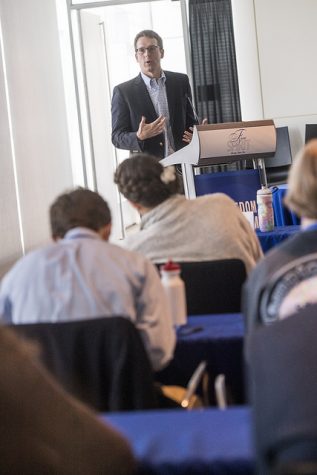
At this point in the article, you may assume that I was exceedingly excited by everything, and indeed, this assumption would be correct. Nothing gets a group of 51 journalism students excited like a talk with David Fahrenthold, Washington Post writer and political analyst. Fahrenthold, who won the 2017 Pulitzer prize for breaking the story on potential conflicts of interest in Donald Trump’s charitable donations, emphasized the importance of scrutiny in journalism. “Any mistake by one of us is owned by the rest of us,” he said. Micah, the representative from California said, “Here was a guy who quite literally took on the president with a pen. He showed how you could use social media and technology to write a serious journalistic piece as well as how to act as a reporter—no snarky partisan Twitter, just a reporter doing his job holding our nation accountable to itself.”
Meeting Bill Clinton’s press secretary, Mike McCurry, was an extraordinary opportunity to learn about a different side of communications. “We were fortunate enough to meet an assortment of incredible journalists throughout our five days at Free Spirit, but McCurry stood out because of his unique perspective in the journalism field: not as a working journalist, but as a manager of sorts of them,” said Anjali, the representative from Iowa. “Because his duty was to the president first and foremost, he was able to provide insight into working in politics that we would not otherwise know. He is a true example of what it looks like when journalism and politics directly intersect, and his ability to forsake his own morals for the sake of representing a presidency is in some ways admirable.” Concluding our day, a tour of USA Today’s headquarters reaffirmed many of our beliefs that a newsroom was where we were meant to be. “The building and newsroom seemed to have everything and was really top-rate,” said Adam from Rhode Island.
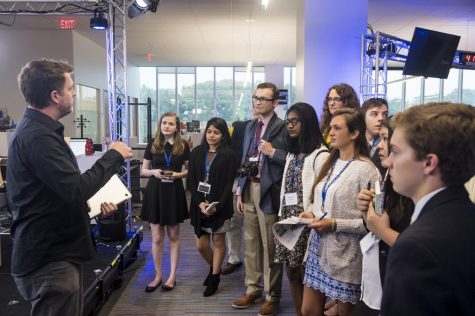
On our final full day in D.C., we had the opportunity to go on a tour of Capitol Hill. “I think it was really fun getting to see the ‘rooms where it happens’ pretty much and I had a great time exploring with everyone,” said Raiha from Indiana. “I also DMed Paul Ryan a video of Macy (the student from Florida) and he never responded so I’m pretty offended about that.” Afterwards, we met with Doug Mills, a New York Times photographer who has worked in the White House since Reagan’s presidency. “I can’t wait to get out of bed every day,” he said. To many, Mills was one of the highlights of our time at the Newseum. “Doug Mills shows the greatest qualities in a photojournalist,” said Brodie, the student from Oklahoma. “He has a natural eye for photography, and takes advantage of his amazing job by providing the best product bar-none.”
As we all returned to our respective states with varying degrees of travel time, I had no choice but to reflect on the amazing past five days. Not only had I met extraordinarily important journalists, broadcasters, and leaders, I had also made 50 new friends. Each of these young journalists, photographers, and broadcasters came from a different place, with a different background, and different goals in life. But every single one is dedicated to the future of journalism in a crucial way. I can indeed brag that I know someone from every single state, but I also can brag that I know that the future of the media is in highly confident hands. These experiences and people are ones that I will treasure, and the collective dedication to the field of journalism amongst the 51 of us is immeasurable.
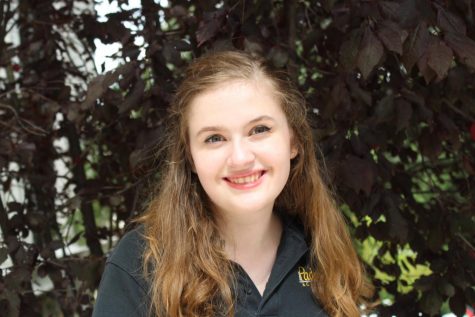
Stella White is a senior at Padua Academy. Born in Delaware, with a wonderful British accent, Stella has spent a lot of her life growing up in England....

